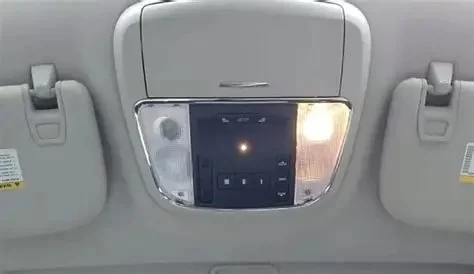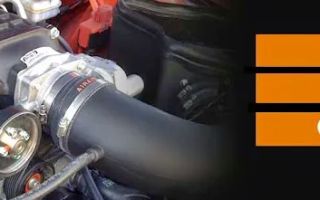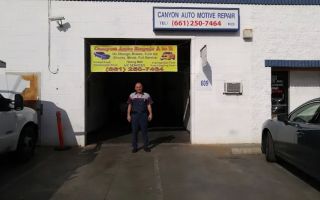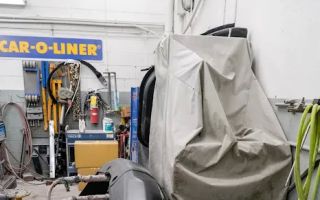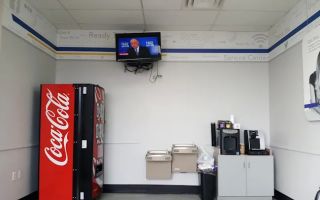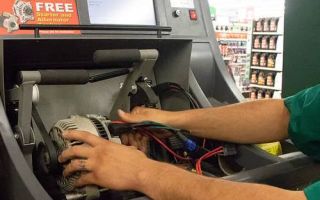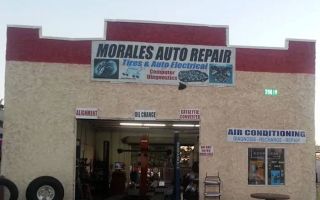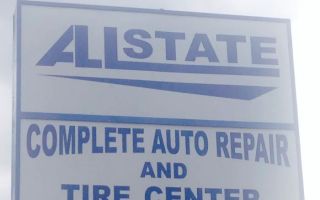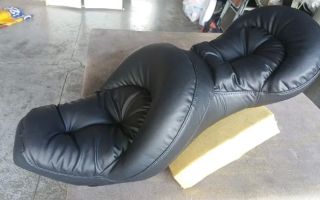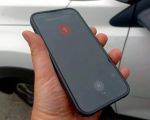- flickering-or-dim-interior-lights
- interior-lights-not-turning-on
- interior-lights-wont-turn-off
- electrical-system-faults-affecting-lighting
- bulb-and-fuse-failure-common-triggers
- when-to-seek-professional-help
1. Flickering or Dim Interior Lights
One of the most common problems with car interior lights is flickering or low brightness. This issue often stems from a weak battery or poor electrical connections. When the voltage isn't steady, your dome or map lights may flicker like a candle in the wind—annoying and sometimes worrisome.
Take the case of Liam, a San Jose delivery driver. He noticed his interior lights flickering every time he started the ignition. It turned out to be a loose battery terminal causing inconsistent voltage. A quick fix, but a great reminder that interior lights can be an early warning sign of a bigger problem.
If your interior lights start behaving strangely, don’t ignore it. It might signal alternator issues, grounding problems, or battery failure. In such situations, consulting with specialists like those at Rescue & Towing can prevent a minor annoyance from becoming a costly repair.

Costco Tire Center
43621 Pacific Commons Blvd, Fremont, CA 94538, USA
2. Interior Lights Not Turning On
Imagine entering your car at night, expecting a welcoming glow—only to find complete darkness. When interior lights don’t turn on at all, the root cause can vary from simple to complex. The first suspects are blown bulbs or a faulty door switch. Sometimes, it’s as minor as accidentally turning off the light switch on the dashboard.
Another possibility is an issue with the car’s body control module (BCM). The BCM handles many of the vehicle's electronic systems, including interior lighting. If it's malfunctioning, it could fail to trigger the lights even when the door opens.
One client from Portland shared his experience with a luxury SUV that had mysteriously dead interior lights. After days of trial and error, the culprit turned out to be a software glitch that required a BCM reset. Not all solutions are DIY-friendly—knowing when to escalate the problem is part of smart car ownership.

Auto Service Center
6353 Ventura Blvd, Ventura, CA 93003, USA
3. Interior Lights Won’t Turn Off
This issue is more than just an annoyance—it can drain your battery overnight. When car interior lights stay on long after you’ve shut the doors, it usually means a door sensor isn’t registering correctly. Dirt buildup, sensor damage, or even a slightly ajar door can keep the system thinking someone is inside.
It can also be an issue with the dimmer switch. If it’s accidentally left in the "on" position, the interior lights may never go out. Some drivers miss this because the switch is located on the dash and not clearly labeled.
Battery drain from this kind of error is one of the most frequent calls handled by roadside assistance services. If you ever come back to a dead battery because your dome lights stayed on, Rescue & Towing offers fast jump-starts and diagnostics to get you back on the road safely.
4. Electrical System Faults Affecting Lighting
Modern vehicles rely heavily on electronic systems. Unfortunately, when there's an issue in the wiring harness or fuse box, it can directly affect interior lighting. Short circuits, exposed wires, or overloaded fuses can cause intermittent lighting problems or complete failure.
This can also happen after DIY modifications. For example, swapping halogen bulbs for LED interior lights without checking for compatibility can confuse the car's electrical system. One driver who installed aftermarket lights without proper resistors experienced both flickering and eventual fuse burnout.
If you're experiencing irregularities in multiple electrical features—like power windows, dashboard lights, and interior lighting—it's time to consult a technician. Troubleshooting complex systems isn’t always safe or practical for the average driver. In these cases, turning to experts like Rescue & Towing ensures professional diagnostics and repairs without added risks.
5. Bulb and Fuse Failure: Common Triggers
Often, the simplest explanation is the right one. Burned-out bulbs are a leading cause of interior lighting failure. Over time, repeated use causes filament breakdown in incandescent bulbs. With LEDs, failure usually stems from poor installation or substandard quality.
Fuses protect your electrical systems by "breaking" the circuit when something goes wrong. If a power surge or overload occurs, the fuse will blow to prevent damage. While fuses are cheap and easy to replace, tracking down what caused the surge in the first place may require further investigation.
If you’re unsure whether your issue is bulb- or fuse-related, start by checking your owner’s manual for the fuse diagram and basic troubleshooting. Still stuck? The team at Rescue & Towing is equipped to handle both emergency fixes and deeper electrical diagnostics right where you are.
6. When to Seek Professional Help
Not every interior light issue demands a trip to the mechanic—but some absolutely do. If you’ve tried basic fixes like replacing bulbs, checking switches, or adjusting dimmers without success, it’s time to involve a pro.
Persistent electrical issues, repeated battery drains, or signs of a faulty control module are red flags. Waiting too long can lead to broader system failures or even safety risks. Getting ahead of the problem saves time, money, and hassle in the long run.
That’s where services like Rescue & Towing come in. Whether you need quick roadside diagnostics or a safe tow to your trusted mechanic, they’re a reliable partner for unexpected vehicle issues—interior lights included.

